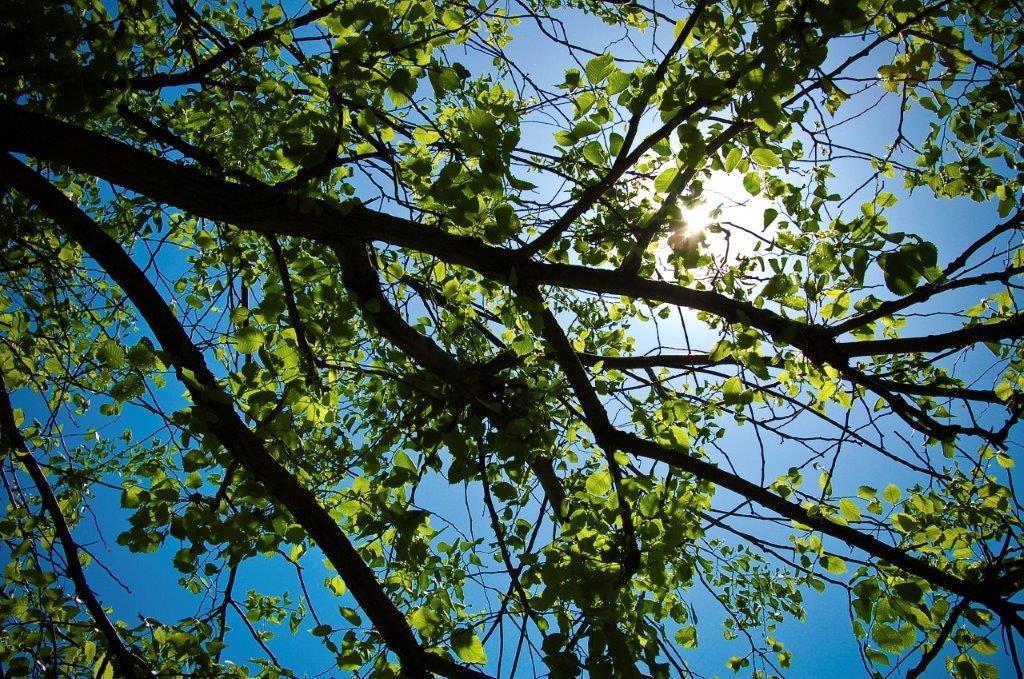Planting in the fall gives trees an extra growing season before the stress of summer. The combination of cooler temperatures and fall rain allows trees to establish their roots, making it easier on them to adjust to extreme heat or drought in the summer.
Many people fear that young trees can’t withstand the winter. However, that’s not the case. Trees go dormant in the winter, the equivalent of hibernation. This “sleep” state slows down the tree’s growth, energy consumption, and metabolism. It’s safe to plant trees until the ground is frozen solid, generally after the first hard frost. Even if there is snow on the ground, if you’re able to stick a spade into the soil, it’s still okay to plant. When trees are dormant, they shouldn’t require any extra care.
One of the most common misconceptions of fall planting is that it is too cold to plant in the late fall. In reality, fall planting is preferred in many areas because it gives seedlings more time to establish their root systems and acclimate to the warm weather in the spring and summer. Because trees go dormant in the winter, they require little to no care.
Although it is beginning to cool down, trees can be planted until the ground is frozen solid. If you’re able to stick a shovel in the ground, you’re still able to plant your trees.
To make it easier to plant in the fall, pre-dig your holes before your trees arrive and store the soil from the holes in a garage or tool shed to prevent it from hardening.
Be sure to mulch and water your tree after planting. Mulch is important to retaining moisture. But it’s also important in the fall to prevent the possibility of freezing and thawing that can lead to frost heaving.
Check out this video provided by the Arbor Day Foundation
Ask an Arborist: Why Should I Plant in the Fall?
https://youtu.be/t0gaMXb5avs

